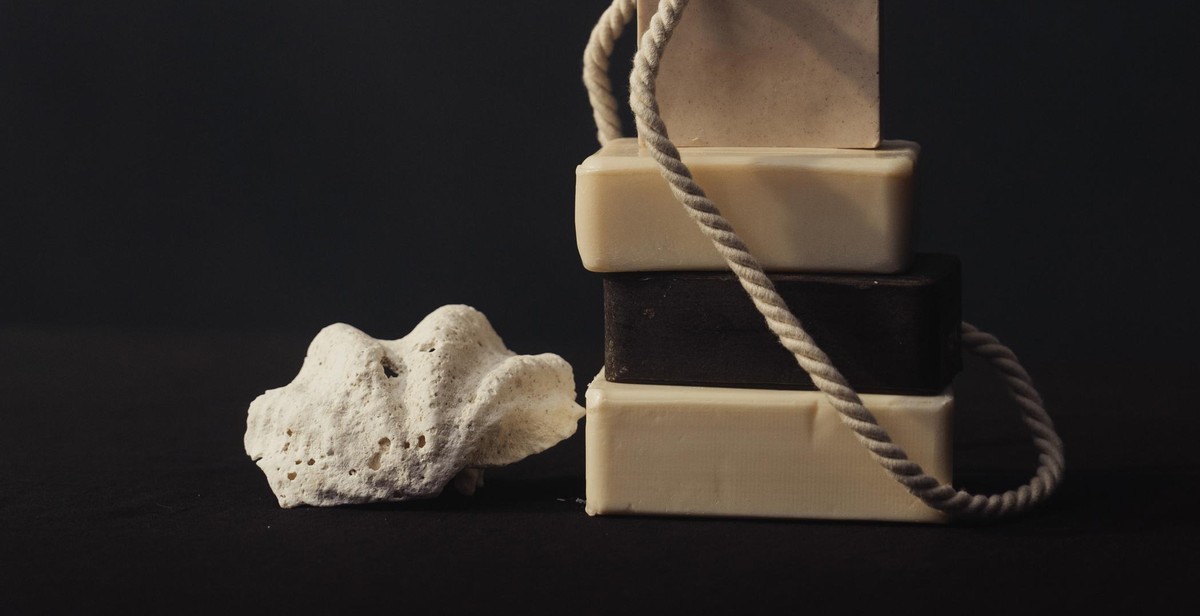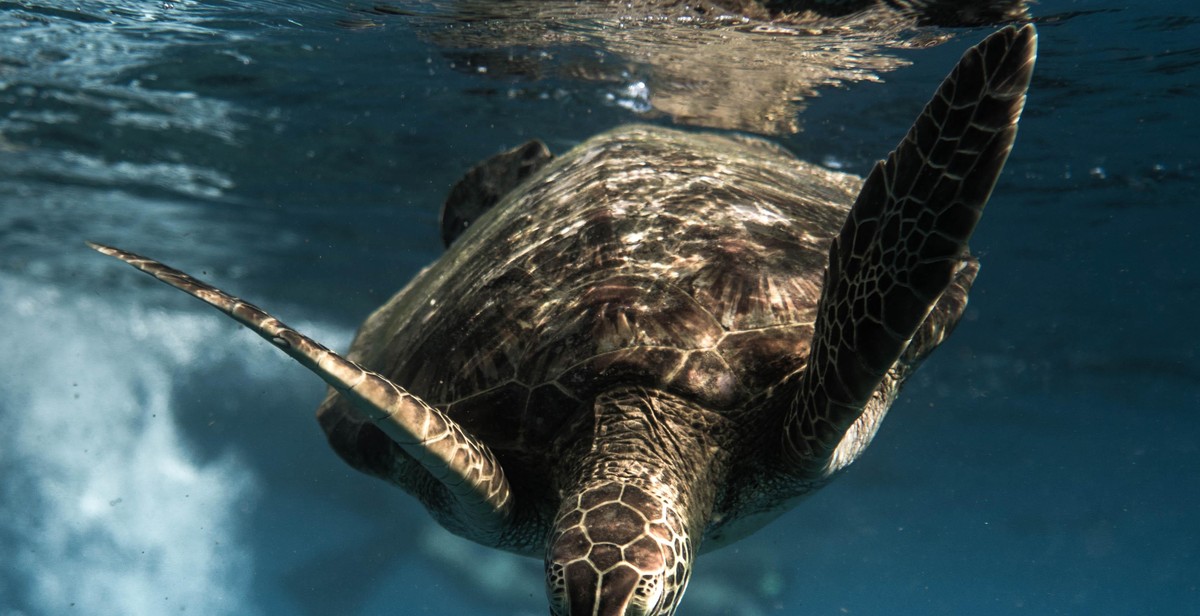How to Set Up a Bioactive Vivarium: Creating a Natural Habitat for Reptiles and Amphibians
If you own a reptile or amphibian, you know how important it is to provide a comfortable and natural habitat for your pet. A bioactive vivarium is a type of enclosure that mimics the natural environment of your pet, providing a more realistic and engaging living space.
A bioactive vivarium is a self-sustaining ecosystem that includes live plants, microorganisms, and other small animals that work together to create a natural balance. This type of enclosure provides a number of benefits for your pet, including improved physical and mental health, increased activity levels, and reduced stress.
Creating a bioactive vivarium may seem daunting, but it can be done with some careful planning and attention to detail. This guide will walk you through the steps of setting up a bioactive vivarium, including selecting the right enclosure, choosing the right plants and animals, and maintaining the ecosystem over time.
What is a Bioactive Vivarium?
A bioactive vivarium is a type of enclosure that incorporates living organisms into the environment to create a self-sustaining ecosystem. This type of enclosure is designed to mimic the natural habitat of your pet, providing a more realistic and engaging living space.
A bioactive vivarium typically includes live plants, microorganisms, and other small animals that work together to create a natural balance. The plants provide oxygen and help regulate humidity levels, while the microorganisms and small animals break down waste and provide nutrients for the plants.
This type of enclosure provides a number of benefits for your pet, including improved physical and mental health, increased activity levels, and reduced stress. Additionally, a bioactive vivarium can be a beautiful and fascinating addition to your home.

Benefits of a Bioactive Vivarium
A bioactive vivarium is a naturalistic environment that mimics the habitat of reptiles and amphibians. This type of vivarium has become increasingly popular among pet owners because of the many benefits it provides. Here are some of the advantages of setting up a bioactive vivarium for your pet:
Naturalistic Environment
A bioactive vivarium provides a naturalistic environment for your pet, which is essential for their overall health and well-being. The vivarium is designed to replicate the natural habitat of the reptile or amphibian, including the substrate, plants, and other features. This naturalistic environment allows your pet to exhibit natural behaviors, which can improve their physical and mental health.
Improved Health
A bioactive vivarium can improve your pet’s health in several ways. First, the naturalistic environment can reduce stress levels, which is essential for the overall health of your pet. Second, the self-maintaining system of the vivarium can help to reduce the risk of illness and disease. The beneficial bacteria and other microorganisms that live in the substrate can help to break down waste and harmful substances, reducing the risk of infection and disease.
Self-Maintaining System
A bioactive vivarium is a self-maintaining system that can reduce the amount of time and effort needed to care for your pet. The substrate contains beneficial bacteria and other microorganisms that break down waste and harmful substances, reducing the need for frequent cleaning. The plants in the vivarium can help to regulate humidity levels and improve air quality, creating a healthier environment for your pet.
In conclusion, setting up a bioactive vivarium for your pet can provide many benefits, including a naturalistic environment, improved health, and a self-maintaining system. By creating a natural habitat for your pet, you can improve their overall well-being and provide them with a healthier and happier life.

Setting Up a Bioactive Vivarium
Setting up a bioactive vivarium is a complex process, but it is a rewarding experience that creates a natural habitat for reptiles and amphibians. Here are some key steps to follow:
Choosing the Right Enclosure
The first step to setting up a bioactive vivarium is to choose the right enclosure. Glass terrariums are a popular choice because they provide a clear view of the inhabitants. However, wooden enclosures are also a great option because they provide better insulation and can be customized to fit the needs of the inhabitants.
Substrate and Drainage Layer
The substrate is an important component of a bioactive vivarium because it provides a natural environment for the inhabitants. A good substrate should be able to hold moisture and provide a place for beneficial microorganisms to thrive. A drainage layer is also important to prevent water from accumulating and causing problems for the inhabitants.
Plants and Decorations
Plants and decorations are essential for creating a natural habitat in a bioactive vivarium. Live plants not only provide a natural aesthetic, but they also help to maintain the humidity levels in the enclosure. Decorations such as rocks and branches provide hiding places and climbing opportunities for the inhabitants.
Lighting and Temperature
Lighting and temperature are important factors to consider when setting up a bioactive vivarium. Different species of reptiles and amphibians have different temperature and lighting requirements, so it is important to research the specific needs of the inhabitants before setting up the enclosure. A UVB lamp is also essential for most reptiles because it helps them to produce vitamin D3.
Introducing Live Inhabitants
Once the bioactive vivarium is set up, it is important to introduce live inhabitants gradually. This allows the beneficial microorganisms to establish themselves in the enclosure before the inhabitants are introduced. It is also important to monitor the environment regularly to ensure that the temperature and humidity levels are optimal for the inhabitants.

Maintenance
Keeping a bioactive vivarium clean and maintained is crucial for the health and well-being of your reptiles and amphibians. Here are some tips on how to properly maintain your vivarium:
Feeding and Watering
Feeding and watering should be done on a regular schedule. Make sure to remove any uneaten food to prevent mold and bacteria growth. Clean and refill water dishes daily to prevent the spread of disease and ensure your pets have access to fresh water.
Spot Cleaning
Spot cleaning should be done on a daily basis. Remove any feces, shed skin, and uneaten food to prevent the growth of harmful bacteria. Use a small scoop or tongs to remove waste and dispose of it properly.
Full Terrarium Cleaning
A full terrarium cleaning should be done every 3-6 months, depending on the size of your vivarium and the number of pets living in it. This involves removing all decorations, substrate, and plants. Clean the glass walls with a reptile-safe cleaner and replace the substrate with fresh material. Make sure to thoroughly rinse all decorations and plants before placing them back in the vivarium.
| Tip | Do | Don’t |
|---|---|---|
| Feeding | Feed your pets on a regular schedule | Leave uneaten food in the vivarium |
| Watering | Clean and refill water dishes daily | Allow water dishes to become dirty or empty |
| Spot Cleaning | Remove waste on a daily basis | Leave waste in the vivarium for an extended period of time |
| Full Terrarium Cleaning | Thoroughly clean and replace all substrate and decorations | Use harsh chemicals to clean the vivarium |
Maintaining a bioactive vivarium requires time and effort, but it’s worth it to provide a natural and healthy habitat for your pets. By following these tips, you can ensure your vivarium stays clean and your pets stay healthy.

Conclusion
Setting up a bioactive vivarium is an excellent way to create a natural and healthy habitat for your reptiles and amphibians. By using live plants, natural substrates, and beneficial insects, you can create an environment that mimics the natural habitat of your pets. This not only provides them with a more comfortable and stimulating living space, but it also helps to promote their physical and mental well-being.
When setting up a bioactive vivarium, it is important to do your research and understand the specific needs of your pets. This includes their dietary requirements, temperature and humidity needs, and any other specific care instructions. By taking the time to understand and meet these needs, you can create an environment that is both beautiful and functional.
Remember to regularly monitor and maintain your bioactive vivarium to ensure that it remains healthy and balanced. This includes cleaning and maintaining the substrate, trimming and pruning plants, and monitoring the health of your pets.
Overall, setting up a bioactive vivarium is a rewarding and fulfilling experience. Not only does it provide your pets with a more natural and stimulating environment, but it also allows you to create a beautiful and functional display in your home.
- Research the specific needs of your pets before setting up a bioactive vivarium
- Maintain and monitor your vivarium regularly to ensure it remains healthy and balanced
- Enjoy the rewarding experience of creating a beautiful and functional habitat for your pets
With a little bit of effort and dedication, you can create a bioactive vivarium that both you and your pets will love.
